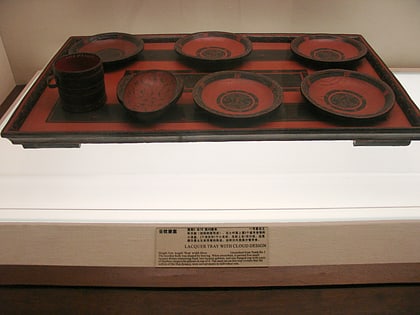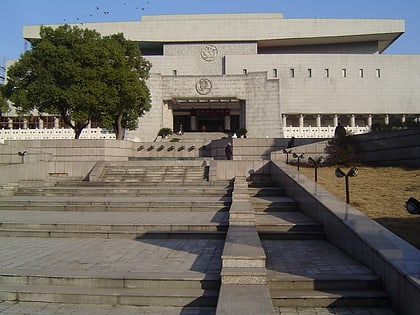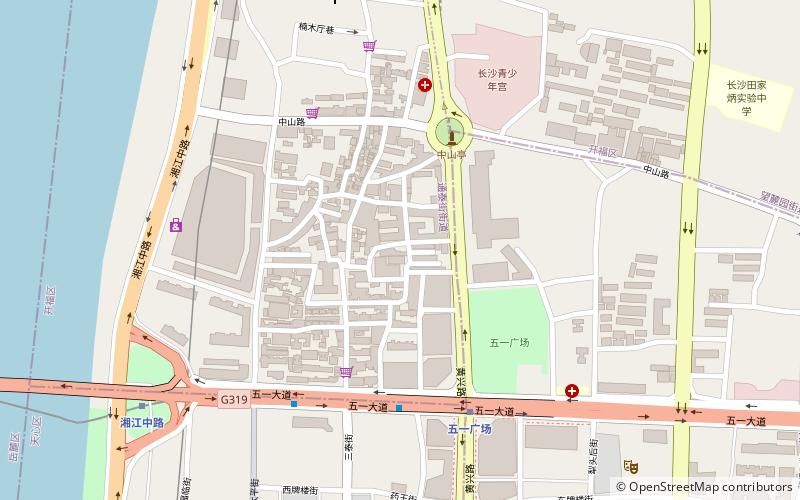Mawangdui, Changsha


Facts and practical information
Mawangdui, an archaeological treasure in the heart of Changsha, China, serves as a window into the opulent lifestyle and mortuary customs of the Han Dynasty. This site, encompassing three Han Dynasty tombs dating back to the 2nd century BCE, was unearthed in 1972, revealing a wealth of historical and cultural relics.
The most notable of the tombs is that of Lady Dai (Xin Zhui), the wife of the Marquis of Dai. Her exceptionally well-preserved mummy provides invaluable insight into the medical history, diet, and lifestyle of the era. The tomb itself was a marvel of engineering, designed to protect the body from decay, and it indeed served its purpose remarkably well for over two millennia.
Mawangdui's significance extends beyond the mummy. The site yielded over 3,000 artifacts, including silk garments, manuscripts, and household items, all in an extraordinary state of preservation. Among these treasures, the silk funeral banner of Lady Dai stands out as an artistic masterpiece, depicting her journey to the afterlife.
The manuscripts found at Mawangdui are of particular historical importance, offering unique perspectives on early Chinese philosophy, medicine, and military strategy. These texts have provided scholars with a deeper understanding of ancient Chinese civilization and its development.
The Mawangdui site is a testament to the sophistication of the Han Dynasty and its funeral practices, reflecting a belief system steeped in immortality and the afterlife. Open to the public, the site attracts historians, archaeologists, and tourists eager to glimpse into China's ancient past.
Changsha
Mawangdui – popular in the area (distance from the attraction)
Nearby attractions include: Hunan Provincial Museum, Orange Isle Bridge, Changsha Jiandu Museum, Cathedral of the Immaculate Conception.
Frequently Asked Questions (FAQ)
How to get to Mawangdui by public transport?
Metro
- 火炬村 • Lines: 5 (8 min walk)
- 马王堆 • Lines: 5 (11 min walk)
Train
- Changsha (29 min walk)











